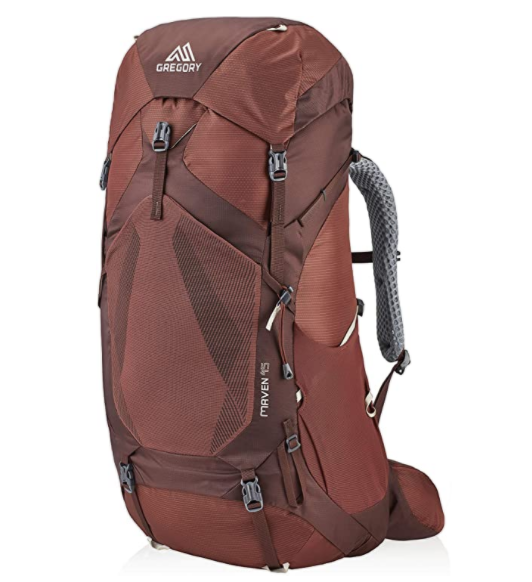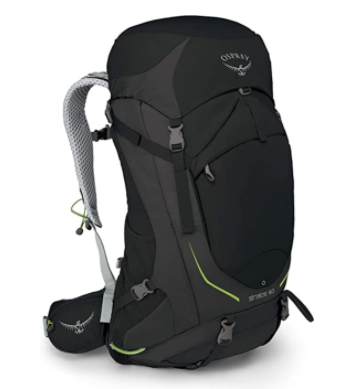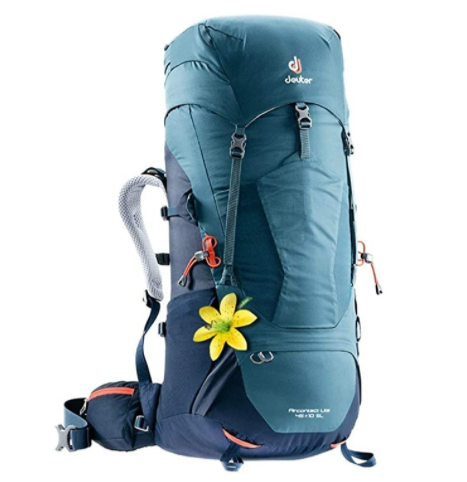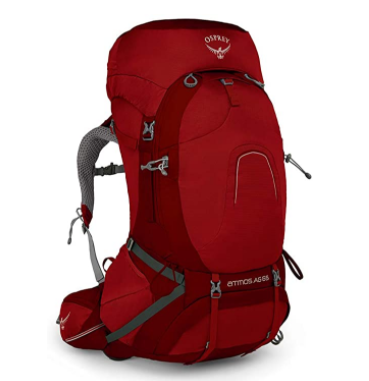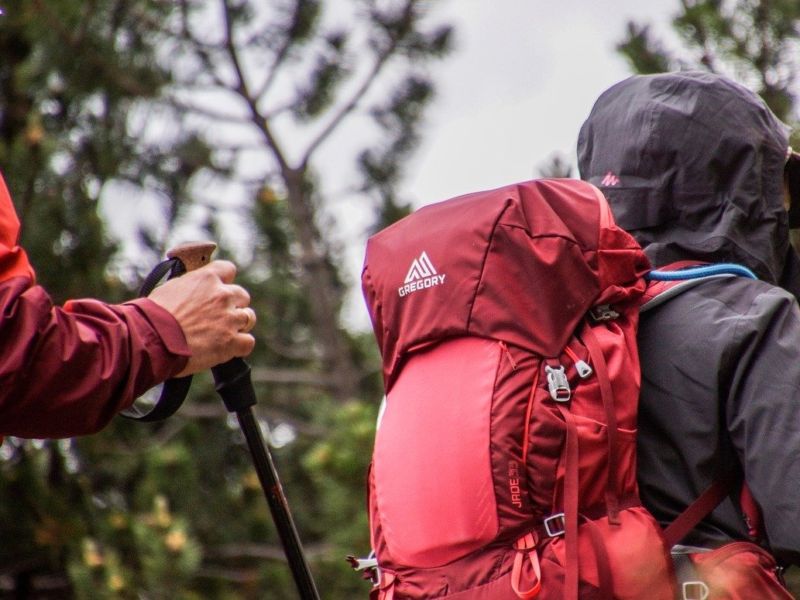
Buying backpacks is much like buying any type of equipment. You either research and purchase one that is right for you; one that can withstand the rigors of backpacking, fits you properly, and is lightweight without losing integrity, or you can pick one off the shelf and hope that it does the trick.
Either way, you are spending money, right? Yeah, but one will last and make your backpacking more enjoyable. Let us point you in the right direction so you can get the right backpack for you.
We cover lots of ground in this post, but we begin with an abridged version of our recommendations based on the length of the trip for the beginner and intermediate backpackers.
Top Recommended Backpacks For Your Trip:
One to Two Nights Trip (Overnight To Long Weekend)
When venturing out for an overnight or two, we recommend carrying a lightweight backpack. The reason is that you won’t need as much equipment, clothing, or food. We suggest a pack storage volume between 30L and 50L and a carrying load range of 20 to 40 pounds.
Our recommendations for good starter packs at a reasonable price in this trip range are: Gregory Maven 45 for women and Osprey Stratus 50 for men.
Why These Packs?
We chose these packs based on quality, comfort, and price. People who purchased these packs had great things to say about these packs. Here is a sample:
- Maven: ‘great for short frames’, ‘lightweight, doesn’t feel like it is pulling you backward’ and ‘the fit is great’
- Osprey: ‘lightweight and best bang for your buck’, ‘easily adjustable straps’, ‘great for heavy sweaters-good ventilation’, ‘light on your back’
What You Need to Know About Backpacks at This Trip Length
The pros of using a lighter pack are just that: less wear and tear on your body. A lighter pack means you can go a little faster and farther on your hike. And, you carry the essentials and not much more.
Most packs will have many extra storage compartments like hip belt pockets, top lid pockets, straps for sleeping bag and pad as well as side pockets for water bottles and easy access to snacks.
However, a couple of things to think about with the smaller packs. First, the smaller pack has less storage so splitting up the tent between two hikers is almost a must. Second, you shouldn’t venture out where you will have severe weather. Again, your pack won’t really accommodate the extremes and need for specialized snow or heavy rain gear.
Three to Five Nights Trip
These trips are my favorite and most backpackers stay within this length. You get a real feel for trails and sleeping overnight. Also, you experience what it is like to be in the great outdoors, the weather, the heat or cold, and the camaraderie with other backpackers. What you don’t experience is fatigue after being out for weeks on a trail. So, for those reasons, it is a win-win situation.
Our recommendations for good packs at a reasonable price in this trip range are: Deuter Aircontact 45 +10 for women and Osprey Atmos AG 65 for men.
What You Need to Know About Backpacks at This Trip Length
The tents in this space are higher prices and a little heavier. The capacity ranges between 50L and 70L and have a carrying load of between 30 and 50 pounds. These packs have more features like more attachment points, larger pockets, sinch straps, and larger hydration pack storage.
The materials are generally higher quality and more durable to withstand the rigors of day in and day out backpacking and camping.
A couple of things to think about in this category are having an oversized pack means you can carry more stuff. Like the shorter duration hikes, you still need to be as efficient as possible to keep the weight down. Just because you have the room in the pack doesn’t mean you should fill it!
Extended Five to Seven Days Plus Trip
Here is where you separate the women from the girls and men from the boys. Longer trips are planned well in advance. Meaning, you will understand possible weather conditions, trail features, expected altitude ranges, and your daily calorie and water requirements.
Our recommendations for good packs at a reasonable price in this trip range are: Osprey Xena 70 for women and Osprey Xenith 75 for men.
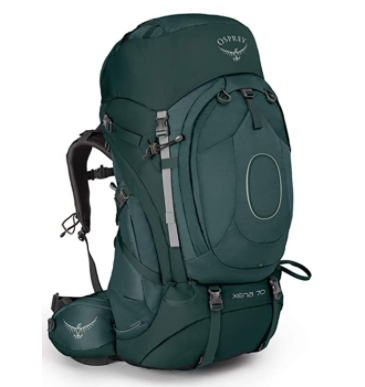
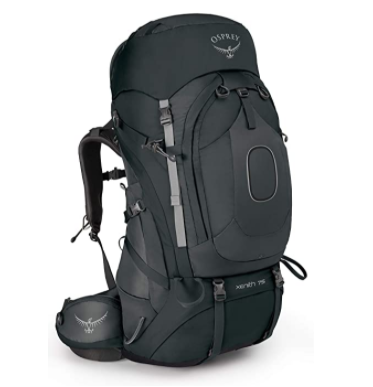
What You Need to Know About Backpacks at This Trip Length
The pack must be tough, durable, lightweight, and have all the features necessary for being out on the trail for an extended time. But not more.
The backpacks in this range start at about 70L carrying capacity and have a load range between 40 and 70 pounds. They have most if not all of the expected features for long trekking. Comfort is at its top priority in these packs. The padding, ventilation, and fit are of utmost importance. An ill fit or poor ventilating pack can be the difference between elation, completion, and going home early.
True Cost of Cheaper Backpacks
I’m not trying to convince you to spend more money. I’m trying to SAVE you money because if you get a decent pack, you’ll be happy with it and it’ll last for years–no need to buy another pack in 6 months. Also, buying a cheap backpack is risky. The workmanship and materials used lead to less durability as well as less comfort when out on the trail.
Features To Look For In A Backpack
The backpacks that we reviewed all had most if not all of the features listed here. Some features are not needed on the shorter trips but, you be the judge.
Pack access:
Top or panel access options provide easy access into the pack. Most packs that we reviewed had top access, while a few of them had side and rear panel access.
Frame type:
Internal, external, and frameless frames. All of the packs that we reviewed had internal frames. External frames are used for carrying large, awkward loads and the frameless packs are for going as light as possible on something like the PCT or AT. We don’t recommend these for beginner backpackers.
Pockets:
Hipbelt, stretch side pockets, top lid pocket, back pocket. These are all about access to important items while on the go or when you set up camp for the night.
Removable top lid:
The removable lid converts to a nifty day pack. This is very convenient when you get to camp but want to go on short day hikes around camp. Maybe climb that mountain by the lake.
Sleeping bag compartment:
The sleeping bag compartment is placed at the bottom of the pack which allows for easy access and a dry place during the hike.
Padding:
Padding is important for comfort. Packs have strategically placed padding to reduce wear and tear on your body and skin during the hike.
Attachment points:
Attachments such as tool and gear loops, daisy chains to carry tent poles, hats, and hiking sticks and provide easy access when most needed.
Raincover:
A rain cover protects the pack in inclement weather. This is not included in some of the higher-end packs because they are already waterproof such as the Arcteryx backpacks.
Hydration:
It is important to stay hydrated when out on the trail; sip hoses, reservoirs, and outlets keep you hydrated with less weight than carrying multiple water bottles.
One common complaint with the backpacks that we reviewed was that the outlets were too small for the hoses. Make sure that you check that out before you buy.
Adjustable fit:
To provide optimal fit and comfort backpacks come standard with multiple adjustment capabilities. They include sternum straps, sinch straps, torso adjustments, hip belt adjustments, load lifter straps, harness. A good fitting backpack feels “light” on your back even when it is fully loaded. Meaning more miles, less fatigue, and wear and tear on your body.
Ventilation:
Different systems utilize mesh or ventilation tubes to keep the air flowing between you and the pack. This keeps your back dryer and less sweaty and soggy providing more a more comfortable trip.
We Reviewed Six Backpacks from Five Reputable Companies
To provide our number one picks we reviewed backpacks based on trip length, women/men, and from 5 reputable backpack manufacturers. We include Osprey, Gregory, Arcteryx, Deuter, and Kelty. Here is what we found.
For the most part, all of these packs have included all the features listed above. Except for Arcteryx and lower end Kelty who did not include a rain cover with their packs. the Arcteryx because of the waterproof properties of their higher-end packs.
Osprey Backpacks:
These packs were reasonably priced at the mid-range of the companies that we tested. They had very high reviews for fit, comfort, and being lightweight. As a beginner backpacker, I don’t think you can go wrong with an Osprey.
The Osprey did very well compared to the others for price and quality. We highlight the Osprey Xenith 75 and Osprey Xena 70 Series for the extended trips.


Their packs were the best bang for your buck while being durable. To see other products by Osprey I have included a link to the Osprey Store on Amazon.
Gregory Backpacks:
Gregory packs were also reasonably priced, fit well, and were lightweight in each category (trip length). We recommend the Stout 65 and the Maven 65 as high quality at a reasonable price for mid-distance hiking trips (3 to 5 nights).
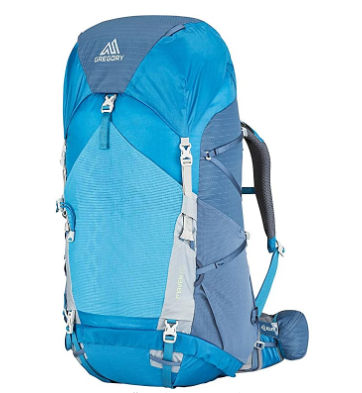
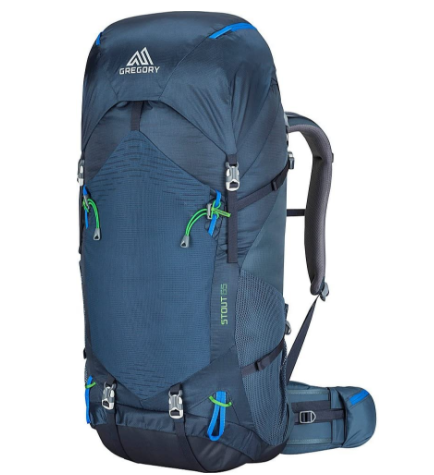
However, some reviewers had trouble with durability. But overall, they are a good sound pack for the price. To see other products by Gregory, I have included a link to the Gregory Store on Amazon.
Deuter Backpacks:
These packs are durable, lightweight, and very reasonably priced. We recommend the Aircontact Lite 40+10SL as their shorter 1 to 3-night trip pack. This pack is versatile and durable. Many reviewers use this as a travel pack as well as a light backpacking pack.
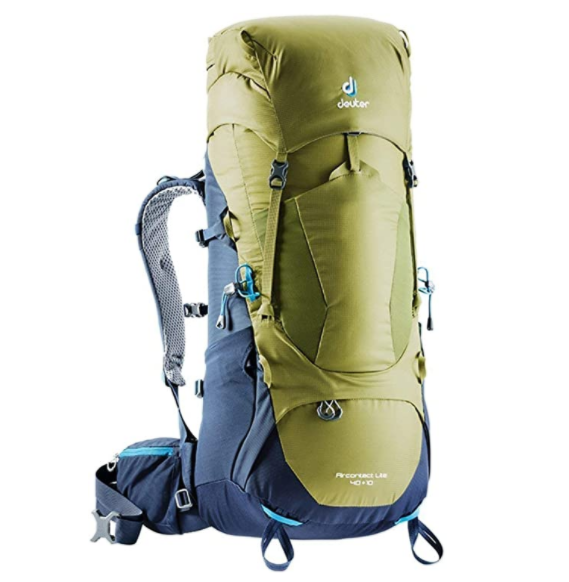
Overall they have lightweight pockets with ‘loops in all the right places’. Some found that the pockets were too small and a couple of reviews had durability problems. Deuter responded to the issues by providing a new pack upon return.
To see other products by Deuter, I have included a link to Deuter on Amazon.
Arcteryx Backpacks:
The Arcteryx Backpacks were very high end and the price shows it. They produce quality packs with what they call a Roto-Glide suspension system. This allows the back to move a bit without pulling you off balance. A few reviewers noted small water hose openings and the need for bottom straps to hold the sleeping pad.
The Arcteryx Alpha AR 55 was their most reasonably priced. This is a steal for these packs. Other than this model, we would not recommend Arcteryx for an entry-level backpack.
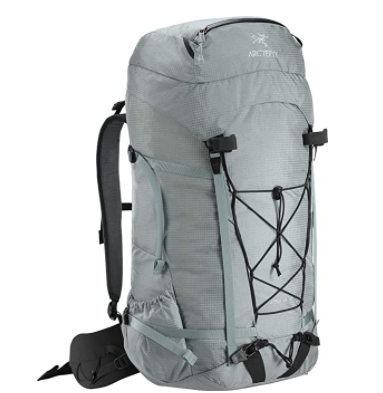
To See other products by Arcteryx, I have included a link to the Arcteryx Store on Amazon.
Kelty Backpacks
Kelty packs came in as the least expensive of all the packs reviewed. The Coyote 80 Men’s pack was the best bang for your buck in the extended trip category. The Coyote 75 Women’s pack was also a good deal for the extended trips.
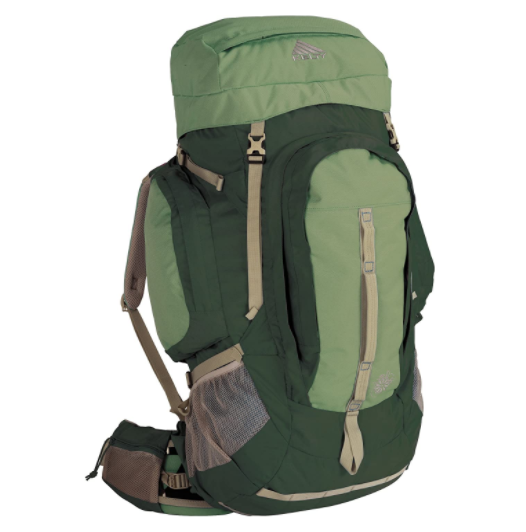
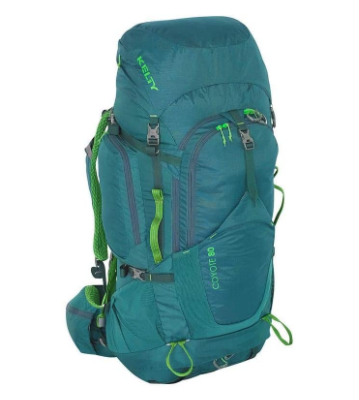
However, the other packs didn’t fair as well. There were durability problems and some fitting problems. To be fair, these are decent entry-level packs. Although, we recommend spending a bit more money to get a much better pack.
To See other products by Kelty, I have included a link to the Kelty Store on Amazon.
What About BackPack Fit?
When you venture out on the trail, a well-fit backpack provided the comfort for an enjoyable trip. In the same vein, a poorly fit backpack causes pain and a miserable hiking experience.
the Osprey video below does a great job explaining how to get a properly fitting backpack. They include assessing for the proper torso sizing as well as hip belt, sternum strap, harness, and load lifter adjustments. Check out this great resource.
Taking Care of Your Backpack
It is important to take good care of your backpack. It will last longer and you will get more enjoyment out of it for a long time.
After each trip, empty the backpack. Make sure that nothing is jammed deep into the pack. Remove the water reservoir and any other attached items, like a carabiner.
Look at the care instructions usually located inside the pack for anything that you might have missed. Or anything special that you need to pay attention to.
Wash the pack with warm soapy water and scrub grimier straps with an old toothbrush.
When you are done washing it, hang it from a clothesline or tree branch to let it dry. A nice breezy day will help, but remember to keep it away from direct sunlight.
Remember to clean your back frequently to protect it and help it last longer. Oh, and keep it out of the sun, except when backpacking.

